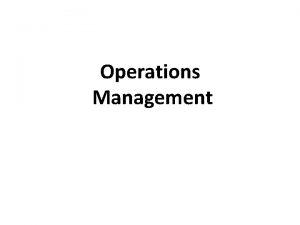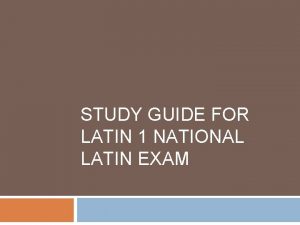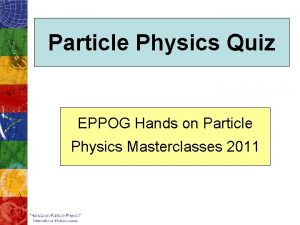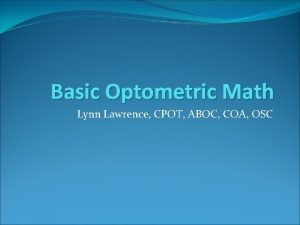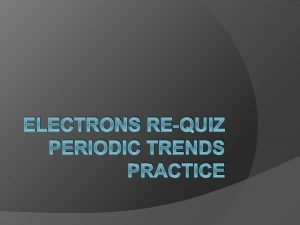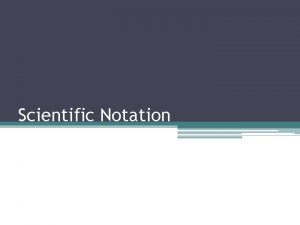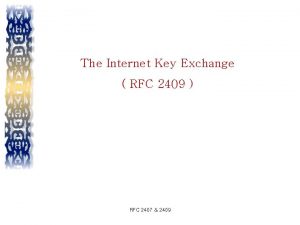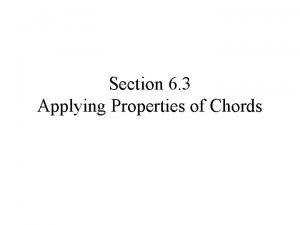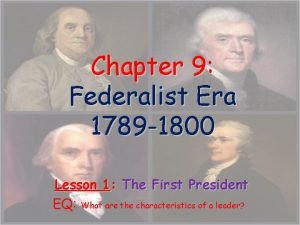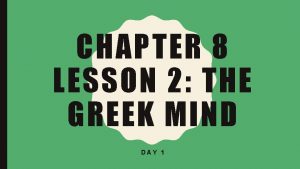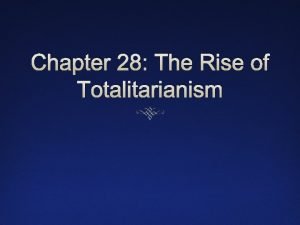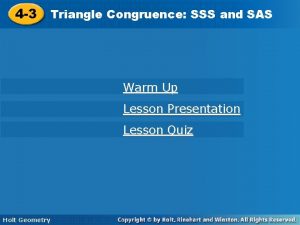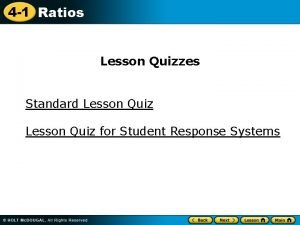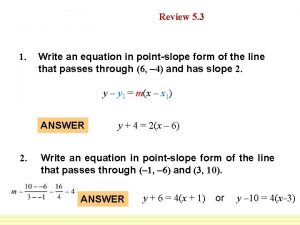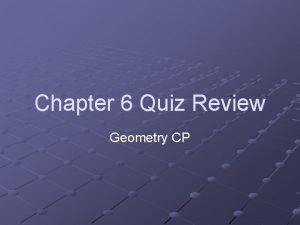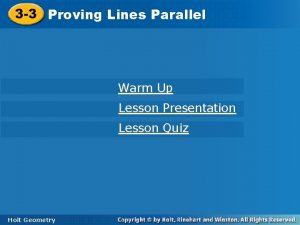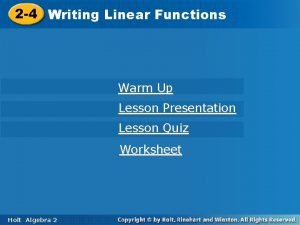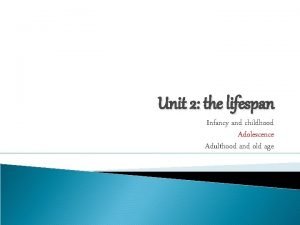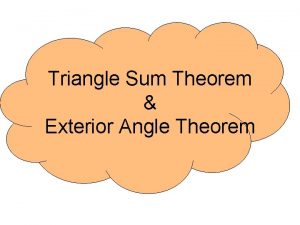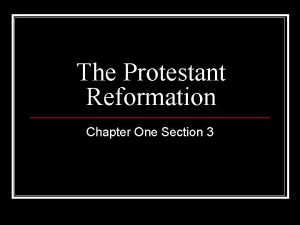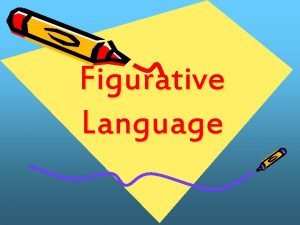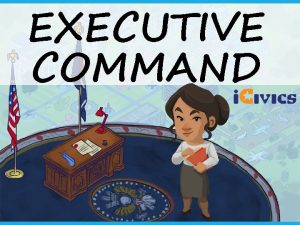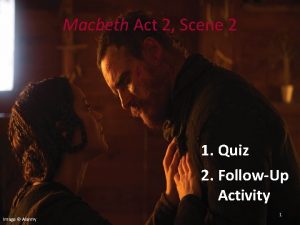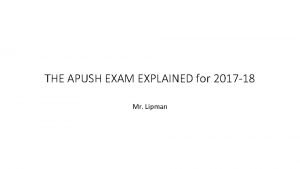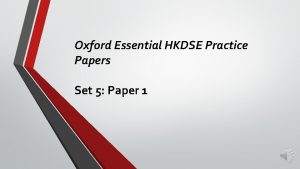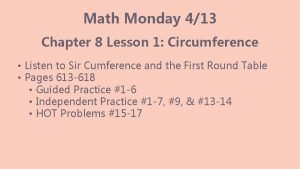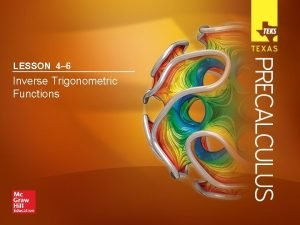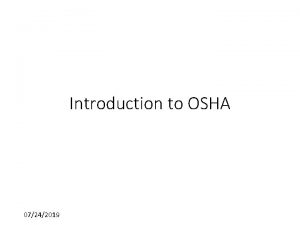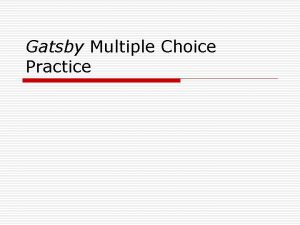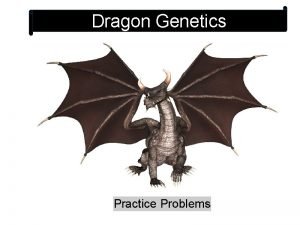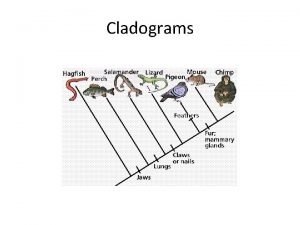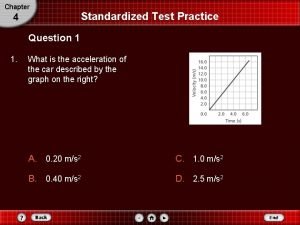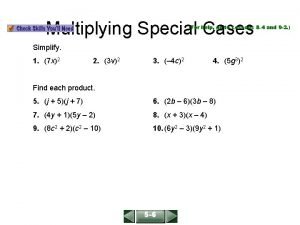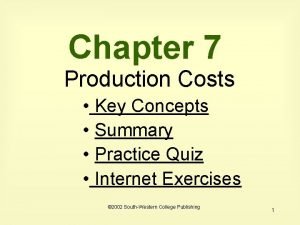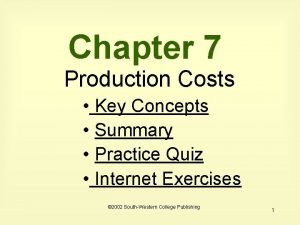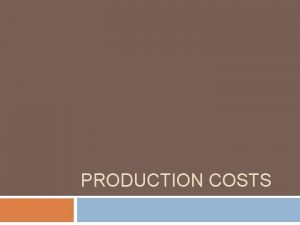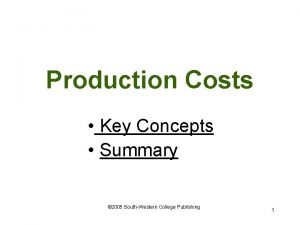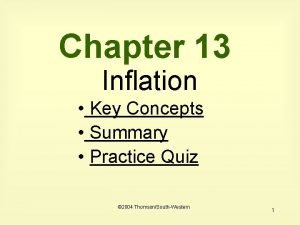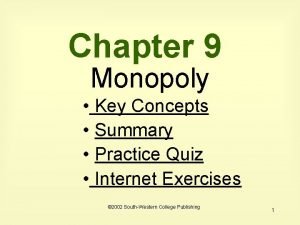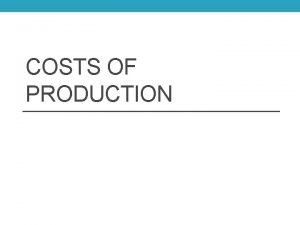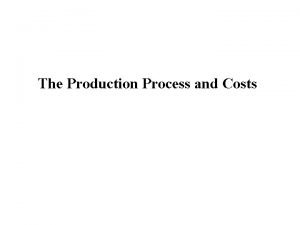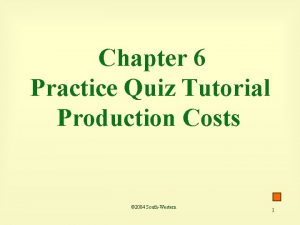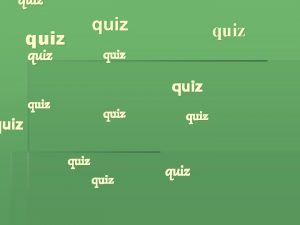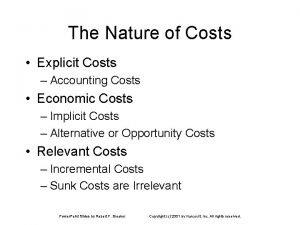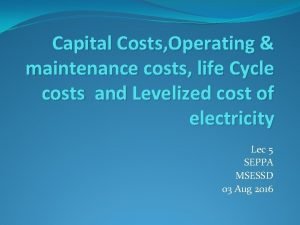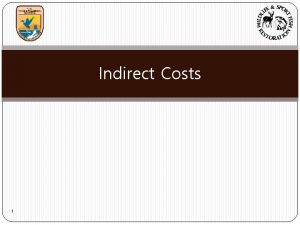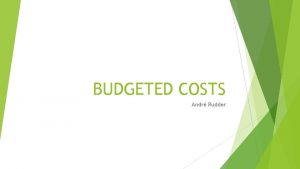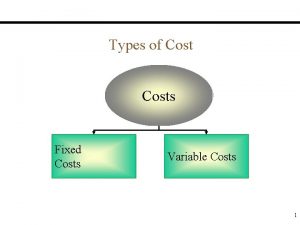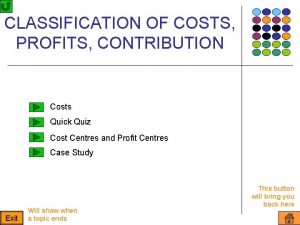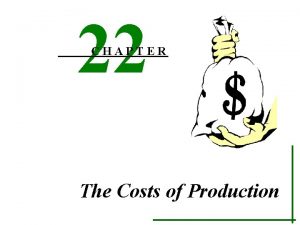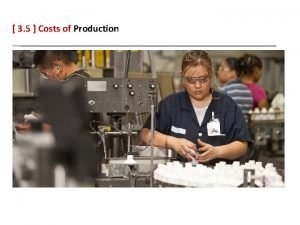Production Costs Key Concepts Summary Practice Quiz Internet





























































































- Slides: 93

Production Costs • Key Concepts • Summary • Practice Quiz • Internet Exercises © 2000 South-Western College Publishing 1

In this chapter, you will learn to solve these economic puzzles: Why would an accountant Why What are ismulti-screen the difference movie say a firm is making a between theatres the replacing short-run singleand profit and an economist say screen the long-run? theaters? it’s losing money? 2

What is a basic assumption in economics? The motivation for business decisions is profit maximization 3

To understand Profit, what is necessary? To distinguish between the way economists measure costs and the way accountants measure costs 4

What are Explicit Costs? Payments to nonowners of a firm for their resources 5

What are Implicit Costs? The opportunity costs of using resources owned by the firm 6

What is an example of Implicit Costs? When you invest your nest egg in your own enterprise, you give up earning interest on that money 7

How is Accounting Profit defined? Total revenue minus total explicit costs 8

What are Total Opportunity Costs? Explicit costs + Implicit costs 9

What is Economic Profit? Total revenue minus total opportunity costs 10

Computech’s Accounting Versus Economic Profit Item Accounting Profit Total Revenue Economic Profit $500, 000 Wages & salaries Materials Interest paid Other payments $400, 000 $50, 000 $10, 000 Less implicit costs: Foregone salary Foregone rent Foregone interest 0 0 0 50, 000 10, 000 5, 000 Equals profit $30, 000 -$30, 000 Less Explicit costs: Exhibit 1 11

What is Normal Profit? The minimum profit necessary to keep a firm in operation 12

When economists use the term “Profit”, which profit do they mean? Economic profit which, unlike accounting profit, includes implicit costs 13

What is a Fixed Input? Any resource for which the quantity cannot change during the period of time under consideration 14

What is the Short Run? A period of time so short that there is at least one fixed input 15

What is the Long Run? A period of time so long that all inputs are variable 16

What is a Variable Input? Any resource for which the quantity can change during the period of time under consideration 17

What is the Production Function? The relationship between the maximum amounts of outputs a firm can produce and various quantities of inputs 18

What do Technological Advances make possible? More output is possible from a given quantity of inputs 19

What is Marginal Product? The change in total output produced by adding one unit of a variable input, with all other inputs used held constant 20

What is the Law of Diminishing Returns? The principle that beyond some point the marginal product decreases as additional units of a variable resource are added to a fixed factor 21

What does the Law of Diminishing Returns assume? Fixed inputs; it is therefore a short-run concept 22

Production Function 60 40 30 20 Total Output 50 Total Output 10 Quantity of Labor 1 2 3 4 5 6 23

Marginal Product Curve 10 8 6 4 2 Marginal Output 12 Law of Diminishing Returns Quantity of Labor 1 2 3 4 5 6 24

What is Total Fixed Cost? Costs that do not vary as output varies and that must be paid even if output is zero 25

What is Total Variable Cost? Costs that are zero when output is zero and vary as output varies 26

What is Total Cost? The sum of total fixed cost and total variable cost at each level of output 27

TC = TFC + TVC 28

What is Average Fixed Cost? Total fixed cost divided by the quantity of output produced 29

AFC = TFC / Q 30

What is Average Variable Cost? Total variable cost divided by the quantity of output produced 31

AVC = TVC / Q 32

What is Average Total Cost? Total cost divided by the quantity of output produced 33

ATC = AFC + AVC = TC/Q 34

What is Marginal Cost? The change in total cost when one unit of output is produced 35

MC = TC/ Q = TVC/ Q 36

Cost per unit $800 $700 $600 $500 $400 $300 $200 $100 Short-Run Cost Curves TFC TC TVC TFC 1 2 3 4 5 6 7 8 9 Q 37

Cost per unit $80 $70 $60 $50 $40 $30 $20 $10 Short-Run Cost Curves MC ATC AFC AVC AFC 1 2 3 4 5 6 7 8 9 Q 38

What is the Marginal. Average Rule? When MC < AC, AC falls When MC > AC, AC rises If MC = AC, AC at minimum 39

What is the relationship between slopes of the MC and MP curves? The rising portion of the MP curve corresponds to the declining portion of the MC curve, and vice versa 40

What is the relationship between the minimum and maximum points of the MR and MP curves? The maximum point of the MP curve corresponds to the minimum point of the MC curve 41

Marginal Product Curve 12 8 6 4 2 Total Output 10 Maximum 1 2 Quantity of Labor 3 4 5 6 42

Cost per unit $80 $70 $60 $50 $40 $30 $20 $10 Short-Run Cost Curves Minimum MC ATC AVC 1 2 3 4 5 6 7 8 Q 9 43

What is the Long-run Average Cost Curve? The curve that traces the lowest cost per unit at which a firm can produce any level of output when the firm can build any desired plant size 44

Short and Long-run Average Cost Curves $80 Short-run average $70 total cost curves $60 $50 $40 $30 $20 $10 Long-run average cost curve 2 4 6 8 Q 10 12 14 16 18 45

What are Economies of Scale? A situation in which the long-run average cost curve declines as the firm increases output 46

What are Constant Returns to Scale? A situation in which the long-run average cost curve does not change as the firm increases output 47

What are Diseconomies of Scale? A situation in which the long-run average cost curve rises as the firm increases output 48

Long-run Average Cost Curve $80 Constant returns to scale $70 $60 Economies of scale $50 Diseconomies of scale $40 $30 $20 $10 2 4 6 8 Q 10 12 14 16 18 49

Key Concepts 50

Key Concepts • • What is a basic assumption in economics? What are Explicit Costs? What are Implicit Costs? How is Accounting Profit defined? What are Total Opportunity Costs? What is Economic Profit? What is Normal Profit? 51

Key Concepts cont. • When economists use the term “Profit”, which profit do they mean? • When economists study the economy, what time frame do they assume? • What is a Fixed Input? • What is the Short Run? • What is the Long Run? • What is a Variable Input? • What is Marginal Product? 52

Key Concepts cont. • • • What is the Law of Diminishing Returns? What is Total Fixed Cost? What is Total Variable Cost? What is Total Cost? What is Average Fixed Cost? What is Average Variable Cost? What is Average Total Cost? What is Marginal Cost? What are Economies of Scale? What are Diseconomies of Scale? 53

Summary 54

Economic profit is equal total revenue minus both explicit and implicit costs. Implicit costs are the opportunity costs of foregone returns to resources owned by the firm. Economic profit is important for decision-making purposes because it includes implicit costs and accounting profit does not. Accounting profit equals total revenue minus explicit costs. 55

The short run is a time period during which a firm has at least one fixed input, such as its factory size. The long run for a firm is defined as as a period during which all inputs are variable. 56

A production function is the relationship between output and inputs. Holding all other factors of production constant, the production function shows the total output as the amount of one input, such as labor, varies. 57

Marginal product is the change in total output caused by a one-unit change in a variable input, such as the number of workers hired, the law of diminishing returns states that after some level of output in the short run, each unit of the variable input yields smaller and smaller marginal product. This range of declining marginal product is the region of diminishing returns. 58

Total fixed costs consists of costs that cannot vary with the level of output, such as rent for office space. Total fixed costs is the cost of inputs that do not change as the firm changes output in the short run. Total variable cost consists of costs that vary with the level of output, such as wages. Total variable cost is the cost of variable inputs used in production. Total cost is the sum of total fixed cost and total variable cost. 59

Cost per unit $800 $700 $600 $500 $400 $300 $200 $100 Short-Run Cost Curves TFC TC TVC TFC 1 2 3 4 5 6 7 8 9 Q 60

Marginal cost is the change is total cost associated with one additional unit of output. Average fixed cost is the total fixed cost divided by total output. Average variable cost is the total variable cost divided by total output. Average total cost is the total cost, or the sum of average fixed cost and average variable cost, divided by output. 61

Cost per unit $80 $70 $60 $50 $40 $30 $20 $10 Short-Run Cost Curves MC ATC AFC AVC AFC 1 2 3 4 5 6 7 8 9 Q 62

The marginal-average rule explains the relationship between marginal cost and average cost. When the marginal cost is less than the average cost, the average cost falls. When the marginal cost is greater than the average cost, the average cost rises. Following this rule, the marginal cost curve intersects the average total cost curve at their minimum points. 63

Marginal cost and marginal product are mirror images of each other. Assuming a constant wage rate, marginal cost equals the wage rate divided by the marginal product. Increasing returns cause marginal cost to fall, and diminishing returns cause marginal cost to rise. This explains the U-shaped marginal cost curve. 64

Marginal Product Curve 12 8 6 4 2 Total Output 10 Maximum 1 2 Quantity of Labor 3 4 5 6 65

Marginal cost $80 $70 $60 $50 $40 $30 $20 $10 Minimum MC 1 2 3 4 5 6 7 8 Q 9 66

The long-run average cost curve is a curve drawn tangent to all possible shortrun average total curves. When the longrun average cost curve decreases as output increases, the firm experiences economies of scale. If the long-run average cost curve remains unchanged as output increases, the firm experiences constant returns to scale. If the long-run average cost curve increases, the firm experiences diseconomies of scale. 67

Long-run Average Cost Curve $80 Constant returns to scale $70 $60 Economies of scale $50 Diseconomies of scale $40 $30 $20 $10 2 4 6 8 Q 10 12 14 16 18 68

Chapter 7 Quiz © 2000 South-Western College Publishing 69

1. Explicit costs are payments to a. hourly employees. b. insurance companies. c. utility companies. d. all of the above. D. Explicit costs are payments to non owners of a firm. 70

2. Implicit costs are the opportunity costs of using the resources of a. outsiders. b. owners. c. banks. d. retained earnings. B. Implicit costs are opportunity costs that a business owner incurs when using resources owned by the firm. 71

3. Which of the following equalities is true? a. Economic profit = total revenue - accounting profit. b. Economic profit = total revenue - explicit costs - accounting profit. c. Economic profit = total revenue - implicit costs - explicit costs. d. Economic profit = opportunity costs + accounting costs. C. The difference between accounting profit and economic profit is that economic profit is total revenue minus both explicit and implicit costs. Accounting profit is total revenue minus explicit costs only. 72

4. Fixed inputs are factors of production that a. are determined by a firm’s size. b. can be increased or decreased quickly as output changes. c. cannot be increased or decreased quickly as output changes. d. none of the above. C. In the short run, there are two types of inputs, fixed and variable. Because a firm cannot change its plant capacity, some of its inputs are fixed. In the long run, all costs are variable. 73

5. An example of a variable input is a. raw materials. b. energy. c. hourly labor. d. all of the above D. As a firm produces more, it will use more raw materials, energy, and labor. Therefore, all are variable costs. 74

6. Suppose a car wash has 2 washing stations and 5 workers and is able to wash 100 cars per day. When it adds a third station, but no more workers, it is able to wash 150 cars per day. The marginal product of the third washing station is a. 100 cars per day. b. 150 cars per day. c. 5 cars per day. d. 50 cars per day. D. 50 cars is how many extra cars can be washed by adding a new machine, ceteris paribus. 75

7. If the units of variable input in a production process are 1, 2, 3, 4, and 5 and the corresponding total outputs are 10, 22, 33, 42, and 48, respectively, the marginal product of the fourth unit is a. 2. b. 6. c. 9. d. 42. C. The difference between 42 and 33 is 9, the extra output when producing 4 units instead of 3. 76

8. The total fixed cost curve is a. upward sloping. b. downward sloping. c. upward, and then downward sloping. d. unchanged with the level of output. D. Fixed costs never change regardless of the units of output; therefore its curve has to be horizontal at a fixed cost dollar value. 77

9. Assuming that the marginal cost curve is a smooth U-shaped curve, the corresponding total cost curve has a (an) a. linear shape. b. S-shape. c. U-shape. d. reverse S-shape. D. Marginal cost decreases as output increases from zero, and then increases beyond a certain output level. A reverse-S-Shape total cost curve corresponds to the changes in its slope (MC) as output expands. 78

$1, 250 $1, 000 $750 Total Cost $1, 500 Total Cost Curve Exhibit 10 TC $500 $250 Quantity of Output 50 100 150 200 250 300 79

10. If both the marginal cost and the average variable cost curves are U-shaped, at the point of minimum average variable cost, the marginal cost must be a. greater than the average variable cost. b. less than the average variable cost. c. equal to the average variable cost. d. at its minimum. C. If the margin is above the average, the average will increase. If the margin is less than the average, the average will decrease. If the margin equals the average, average does not change, that is, it is a horizontal curve. 80

11. Which of the following is true at the point where diminishing returns set in? a. Both marginal product and marginal cost are at a maximum. b. Both marginal product and marginal cost are at a minimum. c. Marginal product is at a maximum and marginal cost at a minimum. d. Marginal product is at a minimum and marginal cost at a maximum. C. The rising portion of the MP curve corresponds to the declining portion of the MC curve, and vice versa 81

12. As shown in Exhibit 10, total fixed cost for the firm is a. Zero. b. $250 c. $500. d. $750 e. $1, 000 B. $250 is the answer because total cost is 0 when output is zero. These are costs that have to be paid even when output is zero. 82

13. As shown in Exhibit 10, the total cost of producing 100 units of output per day is a. Zero. b. $250. c. $500. d. $750. e. $1, 000. C. A vertical line drawn at 100 units crosses the total cost curve at $500. 83

14. In Exhibit 10, if the total cost of producing 99 units of output per day is $475, the marginal cost of producing the 100 th unit of output per day is approximately a. Zero. b. $25. c. $475. d. $500 B. When total cost at 99 units is $475 and total cost at 100 units is $500, the cost of producing the 100 th unit is $25. 84

15. Each potential short-run average total cost curve is tangent to the long-run average cost curve at a. the level of output that minimizes short-run average total cost. b. the minimum point of the average total cost curve. c. the minimum point of the long-run average cost curve. d. a single point on the short-run average total cost curve. D. The long-run LRAC is derived from all possible SRAC. Geometrically, the only way to draw this is to connect all the curves by a smooth curve; thus, the LRAC curve touches each SRAC curve at only one place. 85

Short and Long-run Average Cost Curves $80 Short-run average $70 total cost curves $60 $50 $40 $30 $20 $10 Long-run average cost curve 2 4 6 8 Q 10 12 14 16 18 86

16. Suppose a typical firm is producing X units of output per day. Using any other plant size, the long-run average cost would increase. The firm is operating at a point which its a. long-run average cost curve is at a minimum. b. short-run average total cost curve is at a minimum. c. both (a) and (b) are true. d. neither (a) nor (b) is true. C. When a firm is producing at the minimum points of the long-run average cost curve, it is operating at the most efficient level possible. 87

17. The downward-sloping segment of the longrun average cost curve corresponds to a. diseconomies of scale. b. both economies and diseconomies of scale. c. the decrease in average variable cost. d. economies of scale. D. Economies of scale takes place when a firm increases its efficiency by producing more units of output. 88

Long-run Average Cost Curve $80 Constant returns to scale $70 $60 Economies of scale $50 Diseconomies of scale $40 $30 $20 $10 2 4 6 8 Q 10 12 14 16 18 89

18. Long-run diseconomies of scale exist when the a. short-run average total cost curve falls. b. long-run marginal cost curve rises. c. long-run average cost curve falls. d. short-run average cost curve rises. e. long-run average cost curve rises. E. Diseconomies of scale are evident when increasing output leads to inefficiencies. 90

19. Long-run constant returns to scale exist when the a. short-run average total cost curve is constant. b. long-run average cost curve rises. c. long-run average cost curve is flat. d. long-run average cost curve falls. C. Constant returns to scale are evident when there is no change in costs as output increases. 91

Internet Exercises Click on the picture of the book, choose updates by chapter for the latest internet exercises 92

END 93
 Pre-production, production, post-production
Pre-production, production, post-production Production, information costs, and economic organization
Production, information costs, and economic organization Chapter 5 section 2 costs of production
Chapter 5 section 2 costs of production Chapter 13 the costs of production
Chapter 13 the costs of production Types of cost savings
Types of cost savings Production information costs and economic organization
Production information costs and economic organization Managing economies of scale in a supply chain
Managing economies of scale in a supply chain Business key activities
Business key activities Business model canvas tripadvisor
Business model canvas tripadvisor Stp manipulation attack
Stp manipulation attack Professional nursing practice 7th edition
Professional nursing practice 7th edition Political astuteness in nursing
Political astuteness in nursing Cost-benefit analysis concepts and practice
Cost-benefit analysis concepts and practice Internet or internet
Internet or internet Draw ppc
Draw ppc Slidetodoc.com
Slidetodoc.com Presentation practise production
Presentation practise production Post method era
Post method era Internet tools for advanced nursing practice
Internet tools for advanced nursing practice Tenets of formalism
Tenets of formalism Key concepts examples
Key concepts examples Period 6 apush key concepts
Period 6 apush key concepts Period 5 key concepts apush
Period 5 key concepts apush Apush unit 3 review
Apush unit 3 review Apush key concepts period 2
Apush key concepts period 2 Key concepts of quantitative research
Key concepts of quantitative research Feminist therapy
Feminist therapy Reviewing key concepts reproductive barriers
Reviewing key concepts reproductive barriers Parole in linguistics
Parole in linguistics Apush unit 2
Apush unit 2 Apush college board key concepts
Apush college board key concepts Key concepts of history
Key concepts of history Apush key concepts period 2
Apush key concepts period 2 Apush key concepts period 1
Apush key concepts period 1 Key concepts in research
Key concepts in research Basic finance concepts
Basic finance concepts Detente apush
Detente apush Unit 1: basic economic concepts answer key
Unit 1: basic economic concepts answer key Chapter 17 promotional concepts and strategies answer key
Chapter 17 promotional concepts and strategies answer key What are the written codes
What are the written codes Enterprise architecture key concepts
Enterprise architecture key concepts Spitting in the client's soup example
Spitting in the client's soup example Section 4 flatworms mollusks and annelids
Section 4 flatworms mollusks and annelids Business analysis key concepts
Business analysis key concepts Deterrence and rational choice theory
Deterrence and rational choice theory Rational choice theory key concepts
Rational choice theory key concepts![] ]](data:image/svg+xml,%3Csvg%20xmlns=%22http://www.w3.org/2000/svg%22%20viewBox=%220%200%20200%20200%22%3E%3C/svg%3E) ]
] Culturalism
Culturalism Key concepts in operations management
Key concepts in operations management Key concepts of diversity
Key concepts of diversity Inductive and deductive reasoning geometry examples
Inductive and deductive reasoning geometry examples Every quiz has been easy. therefore the test will be easy
Every quiz has been easy. therefore the test will be easy Latin 1 final exam answers
Latin 1 final exam answers Particle physics practice quiz
Particle physics practice quiz Transposing glasses rx practice
Transposing glasses rx practice Periodic trends practice questions
Periodic trends practice questions Scientific notation online quiz
Scientific notation online quiz Myeplg
Myeplg Holocaust internet scavenger hunt answer key
Holocaust internet scavenger hunt answer key Aggressive mode internet key exchange
Aggressive mode internet key exchange Quiz 10-2 congruent chords answer key
Quiz 10-2 congruent chords answer key Chapter 9 lesson 1 the first president
Chapter 9 lesson 1 the first president Herodotus kruti
Herodotus kruti Chapter 28 section 3 fascism in italy
Chapter 28 section 3 fascism in italy Quiz 4-3 triangle congruence proofs
Quiz 4-3 triangle congruence proofs 4-5 lesson quiz
4-5 lesson quiz Romeo and juliet act 5 test
Romeo and juliet act 5 test Three skeleton key quiz
Three skeleton key quiz Writing equations of lines review for quiz
Writing equations of lines review for quiz Chapter 6 quiz 1 geometry answers
Chapter 6 quiz 1 geometry answers Proving lines parallel quiz
Proving lines parallel quiz 2-4 writing linear equations answer key
2-4 writing linear equations answer key 15-passenger van quiz answer key
15-passenger van quiz answer key Vocabulary activity 4-2 personal development
Vocabulary activity 4-2 personal development Triangle sum theorem
Triangle sum theorem Why did the sale of indulgences become a critical issue
Why did the sale of indulgences become a critical issue Figurative versus literal
Figurative versus literal Executive command answer key
Executive command answer key Quiz report writing
Quiz report writing Macbeth act 1 and 2 quiz
Macbeth act 1 and 2 quiz Wave practice problems answer key
Wave practice problems answer key Practice 11-2 the pythagorean theorem answer key
Practice 11-2 the pythagorean theorem answer key Lipman apush
Lipman apush Poe final exam review
Poe final exam review Oxford essential hkdse practice papers set 5 answer
Oxford essential hkdse practice papers set 5 answer Think central
Think central Arctan(1) exact value
Arctan(1) exact value Osha workers rights practice worksheet answer key
Osha workers rights practice worksheet answer key Practice 11-3 inscribed angles
Practice 11-3 inscribed angles Applied practice the great gatsby answer key
Applied practice the great gatsby answer key Dragon genetics practice problems answer key
Dragon genetics practice problems answer key Cladogram practice answer key
Cladogram practice answer key Practice test chapter 4 ma 08
Practice test chapter 4 ma 08 Lesson 4 multiplying special cases
Lesson 4 multiplying special cases

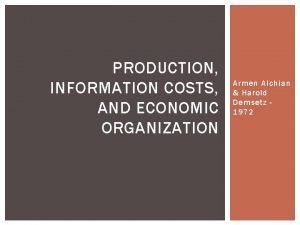
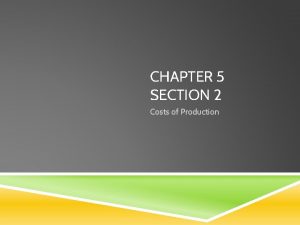
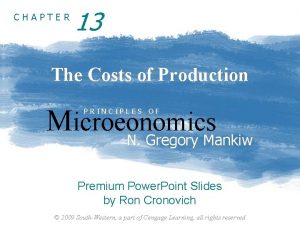

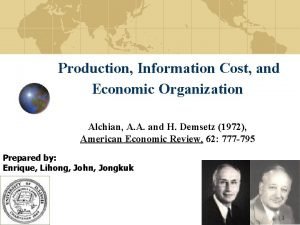
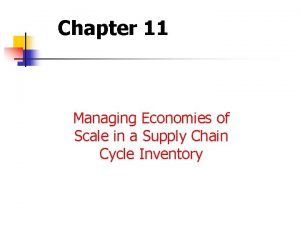


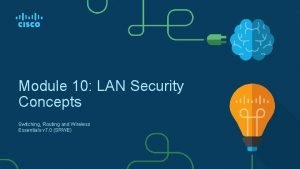


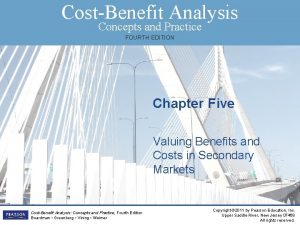

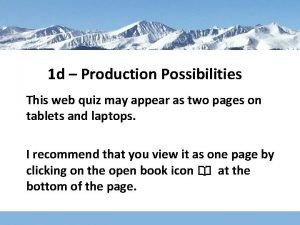
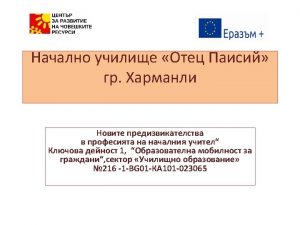

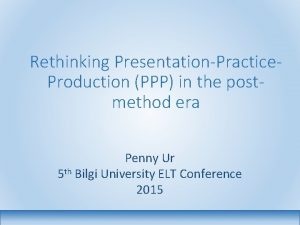
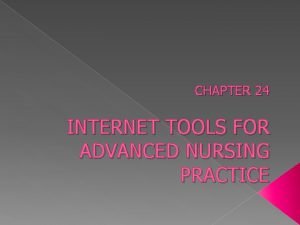
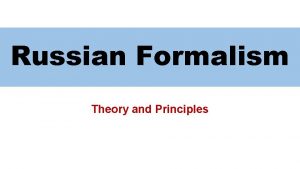

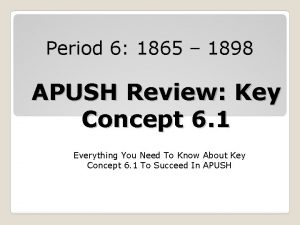
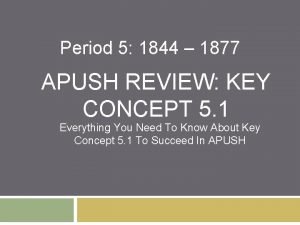
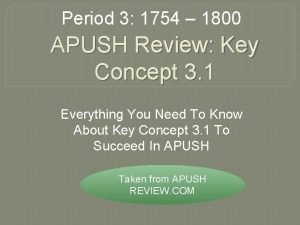
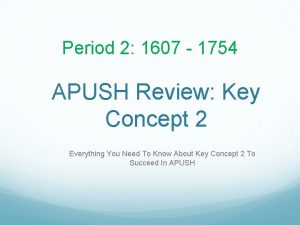
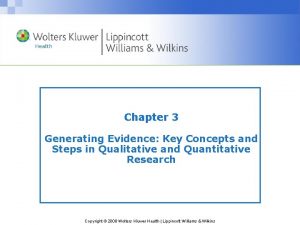
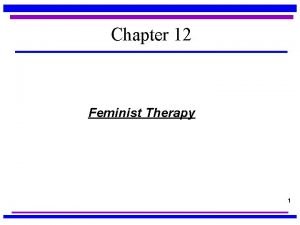
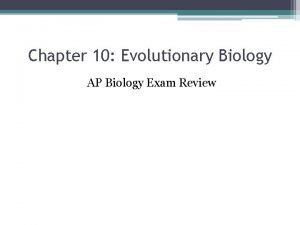
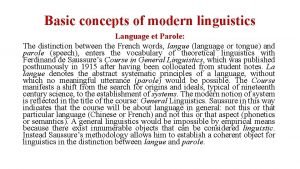

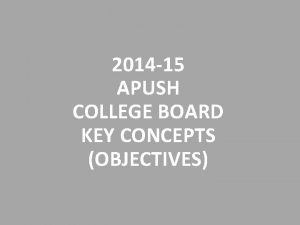
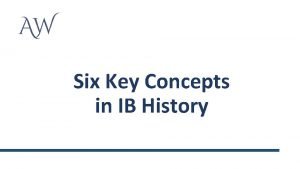
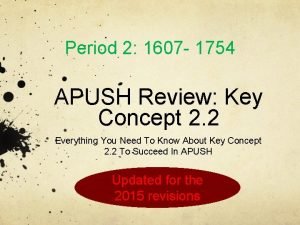
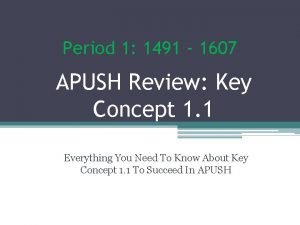
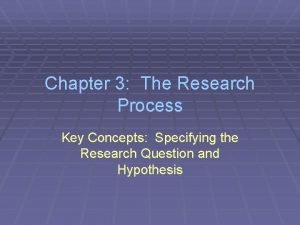
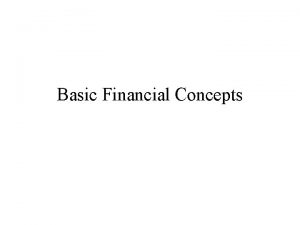

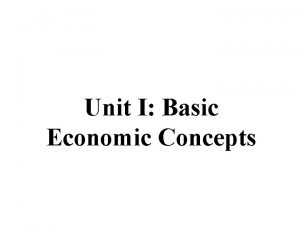
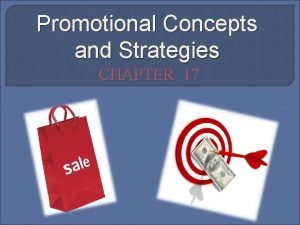
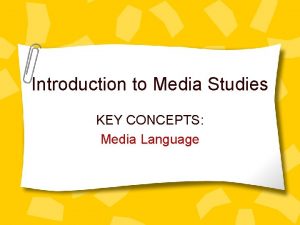
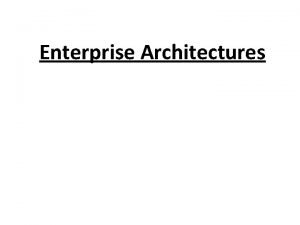

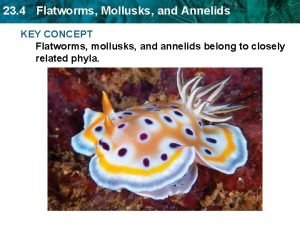
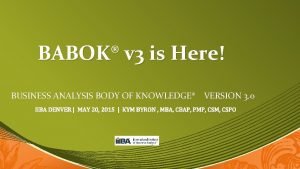
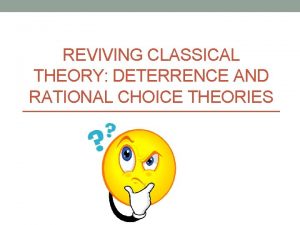
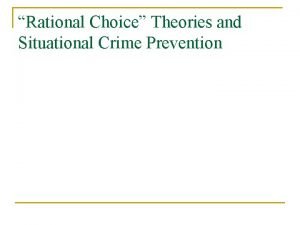
![] ]](https://slidetodoc.com/wp-content/uploads/2020/11/2404819_9eb8166b01395994bc3f851e1b2a9913-300x225.jpg)

